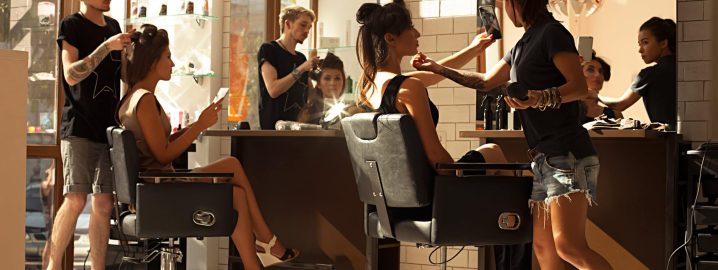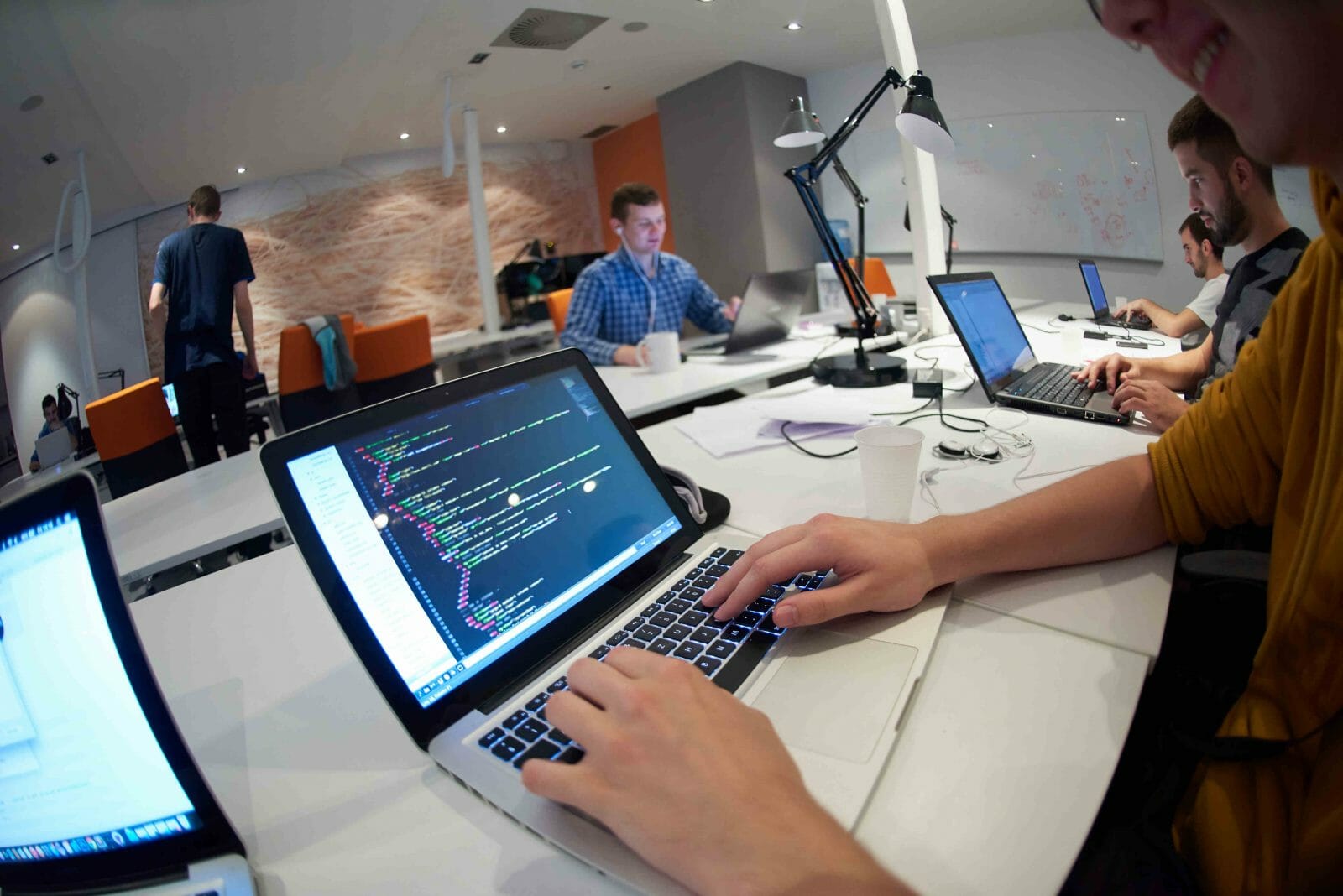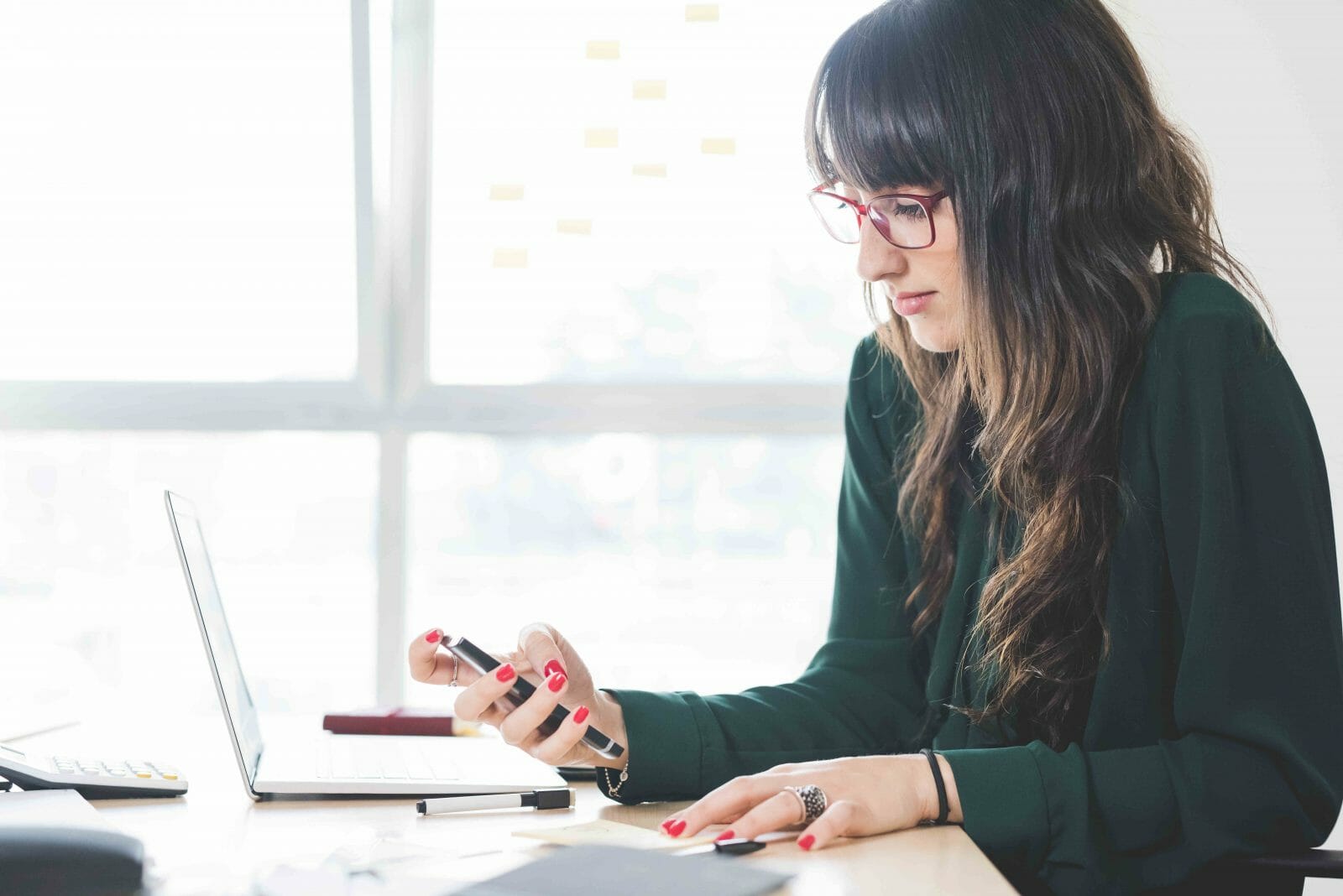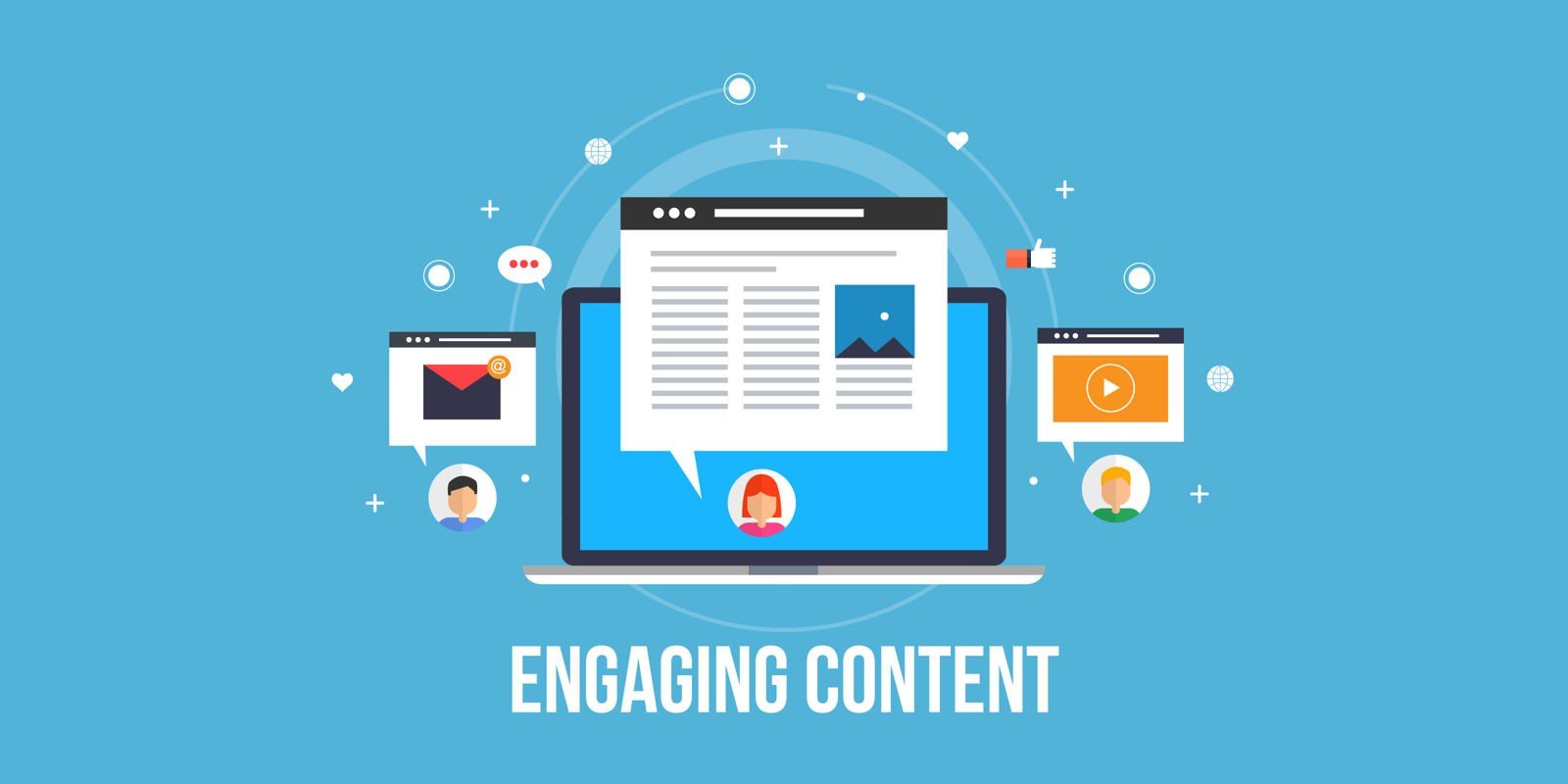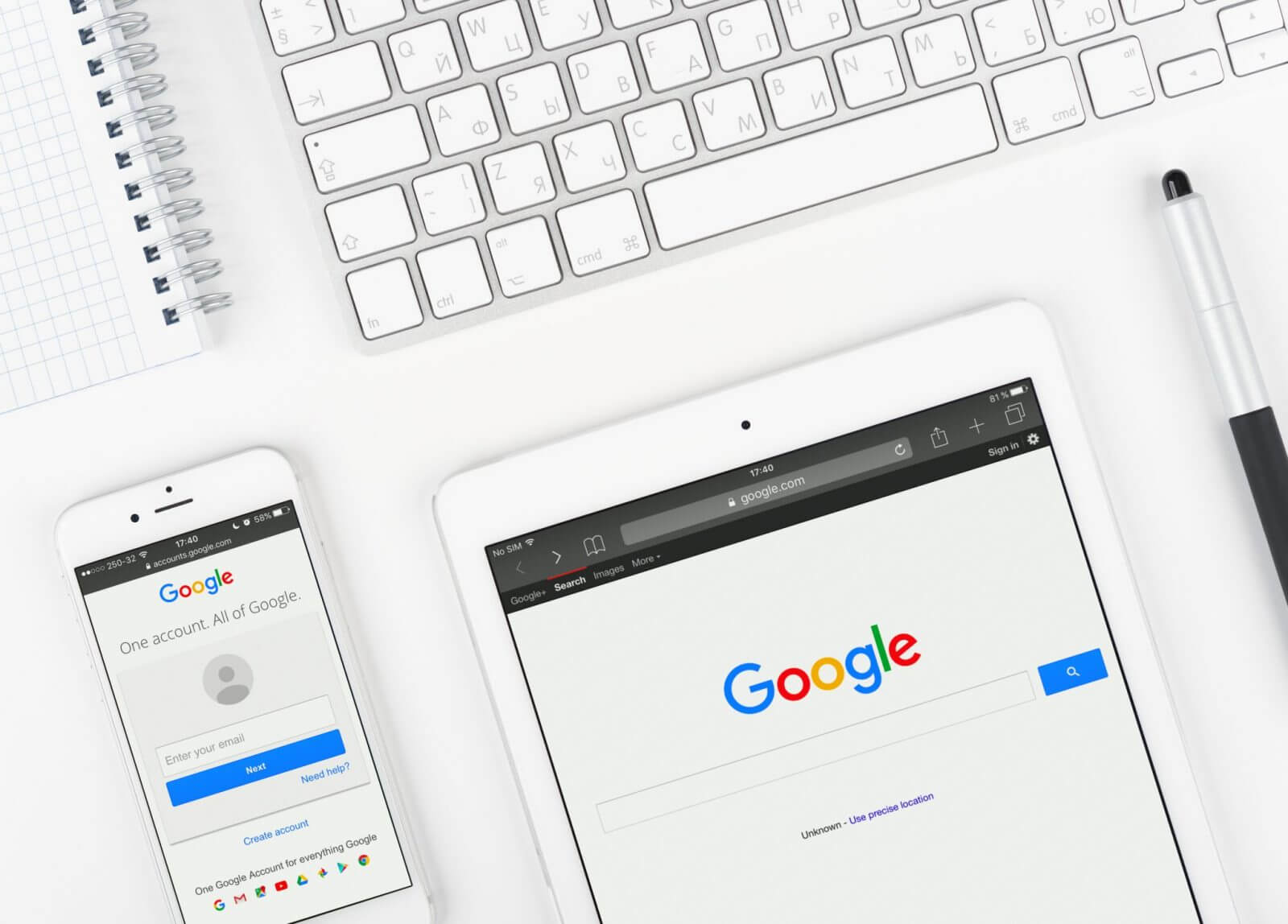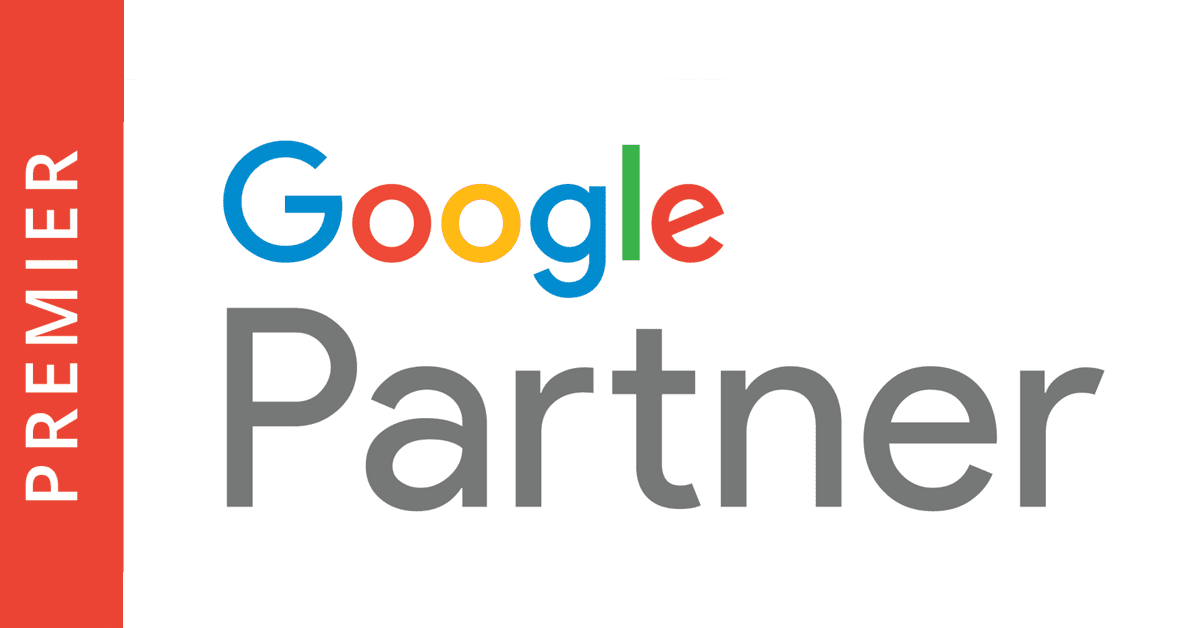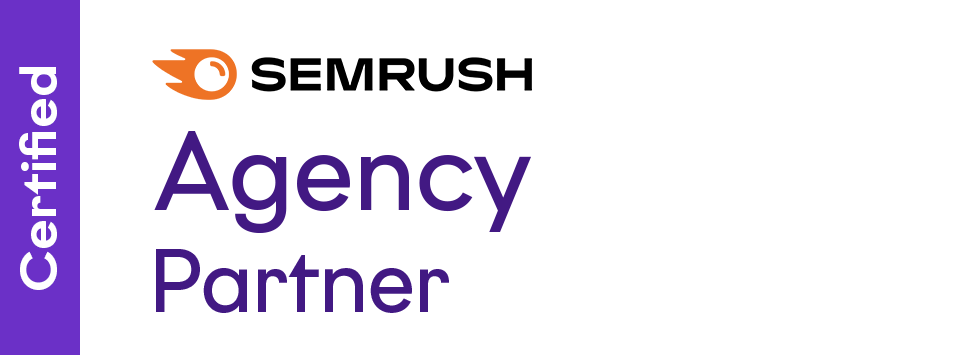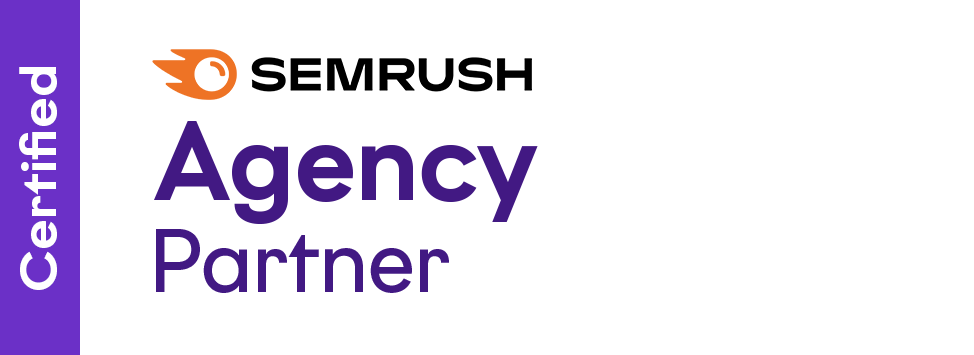The beauty industry, historically a fiercely competitive market, has undergone a dramatic transformation with the advent of social media. Previously, beauty brands primarily utilized traditional advertising channels such as TV, outdoor, and radio campaigns to reach their audience and promote products.
With the rise of social advertising, the beauty industry’s landscape shifted significantly around 2020, fundamentally altering the industry’s dynamics. This evolution brought new opportunities and challenges as technology-enabled beauty brands revolutionised their marketing approaches.
Our Favorite Beauty Marketing Campaigns
1. GO-TO SKINCARE
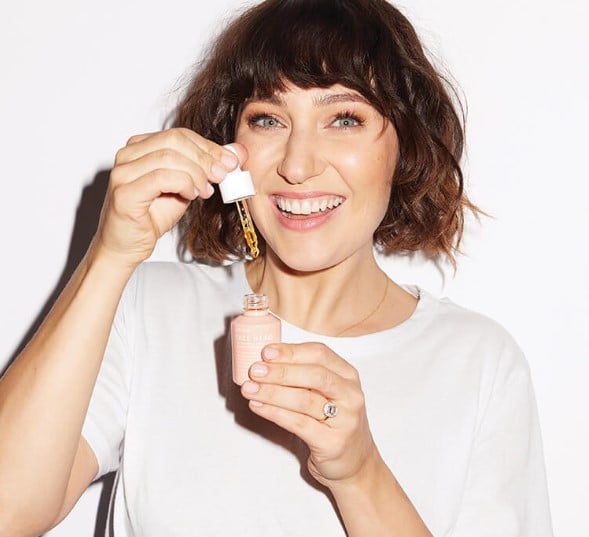
With 234.5 K followers on Instagram, Zoë Foster-Blake has created Go-To Skincare, initially launching in Australia in 2014. Go-To is the 7th most followed beauty brand in Australia. That’s not including Zoë’s following, currently sitting at a respectable 651K followers.
Zoë Foster-Blake and her own Go-To skincare brand says:
“For Zincredible, I did something we haven’t done before, which is talk to our customers about it on the go-to skincare Instagram, as well as my own personal Instagram almost a year before it came out, and then again gradually building up to launch. I’d championed physical SPF for so long, so they knew it had to be coming, but I think taking the customers along with us presented us with a chance to make it a more meaningful product launch for everyone. They felt part of the journey, even invested in it, in a way.”
When this product was finally released, 33 bottles were sold every minute for the first hour, and over 400,000 people were online on the site over the first 24 hours.
This, we can see, is a brand that got it right.
2. GLOSSIER
U.S. online beauty brand Glossier also says that Instagram is the key to its success.
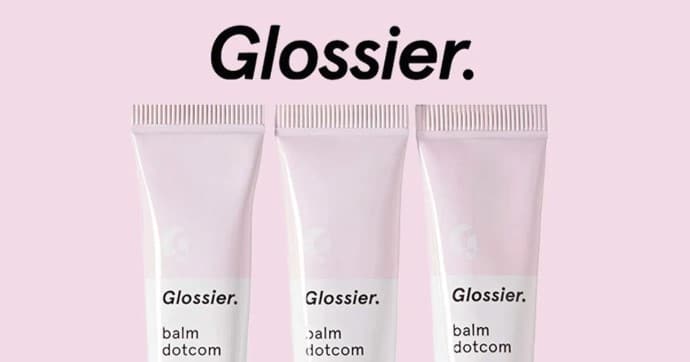
The brand boasts a loyal and engaged fanbase on Instagram of 2.8M and regularly shares user-generated content, which has even helped them re-design their product branding.
As the beauty industry is product-based, social media can only go so far into completing the customer journey of actually using the product – Or can it?
Recent additions to social advertising for beauty brands have been incorporating AR, VR, and filters. This drives consumers to purchase the products in-store and have the full experience.
3. KYLIE COSMETICS
Kylie Cosmetics was the first to launch VR for makeup products on Instagram, allowing users to try on six different lipstick shades and nailed it. This is a fantastic way for potential customers to interface with their brand.
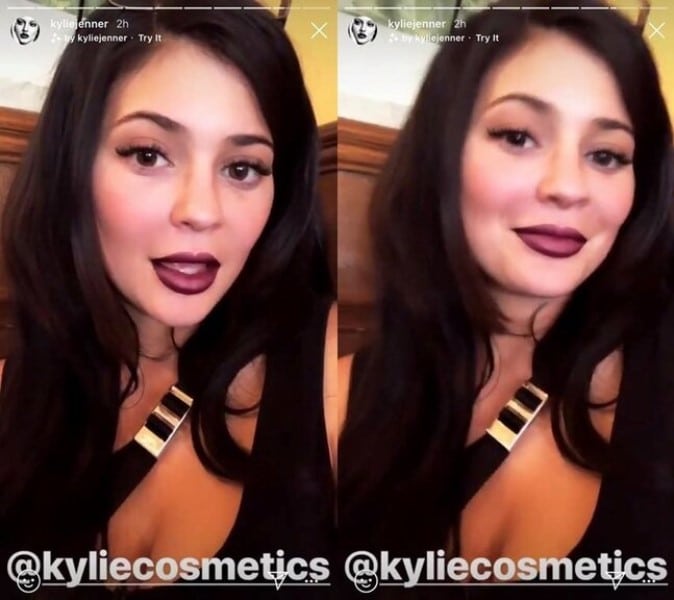
4.3 Million uses in the first 24 hours and a 17% increase in lipstick sales. Since then, brands like Maybelline, NYX and Huda Beauty have launched VR make-up products.
Social media has put the brand-consumer connection at the forefront
Social media has changed how beauty brands market products to consumers and how brands connect with their consumers.
Beauty buyers were polled and found that 1 in 5 asked questions or commented on their favourite beauty brands’ social media over the last month, and 1 in 14 shared a brand’s post.
From buying TV spots to having ongoing communications with their top consumers worldwide, there is no doubt that social media has evolved the beauty and cosmetic industry.
Here’s where Kylie Cosmetics excelled:
Community Engagement: Building Relationships Through Social Media
Social media has changed how beauty brands market products and how they build connections with consumers. Many beauty buyers engage with their favourite brand’s social media, asking questions, commenting, and sharing posts.
Social and environmental issues are more important than ever
Social media serves as a powerful platform for voicing opinions on issues people are passionate about, creating an imperative for brands to participate in these conversations actively. Increasingly, consumers are becoming conscious of their environmental impact, steering them towards products that align with their ethical beliefs and values.
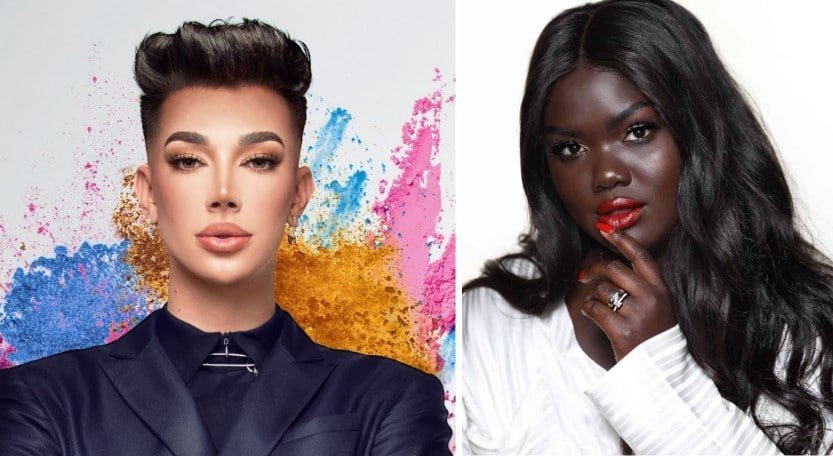
In tandem, social media and the beauty industry have played a crucial role in raising awareness about diversity and inclusivity, encompassing aspects such as race, body positivity, sexuality, and gender. Prominent beauty influencers like James Charles, Jeffree Star, and Nikkietutorials have been recognized as advocates for the LGBTIQA+ community, bolstering the movement towards inclusivity.
For example, L’Oreal stands out as a pioneer in advocating ‘beauty for all’, being among the first global beauty brands to offer a range of foundations and palettes catering to people of colour.
The influence of social media on the beauty industry is substantial and ongoing. It empowers beauty brands to reach millions globally, seize upon trends, and even originate them. However, these brands must adopt the right strategies and thoughtful planning to stay relevant and effective in the fast-evolving digital landscape.
What we can learn from these social media campaigns
Technological Innovations in Social Media Advertising
The introduction of AR and VR in social media advertising has been a game-changer for beauty brands. Kylie Cosmetics’ VR lipstick trial on Instagram is a notable example, leading to a significant increase in sales and inspiring other brands to adopt similar technologies.
Building Relationships Through Social Media
Social media has changed how beauty brands market products and build connections with consumers. Many beauty buyers engage with their favourite brand’s social media, asking questions, commenting, and sharing posts.
Further Reading: The Definitive Guide on Using Hashtags to Grow Your Instagram Audience
The Responsibility Accompanying Social Media Influence
The influence of social media makes it a responsibility for beauty brands to engage authentically with their communities and address social and environmental issues. The industry is increasingly aware of the importance of diversity and inclusivity, as seen in supporting LGBTQIA+ causes and products catering to diverse skin tones.
Some additional insights from our social media experts
Niche Targeting and Audience Engagement
Social media platforms can target specific niches, create custom audience segments, or aim for broad reach to enhance brand awareness. This approach is notably more cost-effective and impactful than traditional TV campaigns, particularly beneficial for smaller or startup brands with limited advertising budgets or without physical stores. Platforms like Facebook, Instagram, YouTube, and Twitter have proven powerful tools for brand discovery and product exploration. Beauty consumers are significantly more likely to discover new brands or products through ads and organic updates on social media.
The Role of Online Reviews and Influencer Endorsements
The beauty industry heavily relies on online reviews, social media comments, influencer endorsements, and celebrity partnerships. Many beauty consumers look to consumer reviews and conduct online research before purchasing. Positive online comments and reviews strongly influence purchasing decisions.
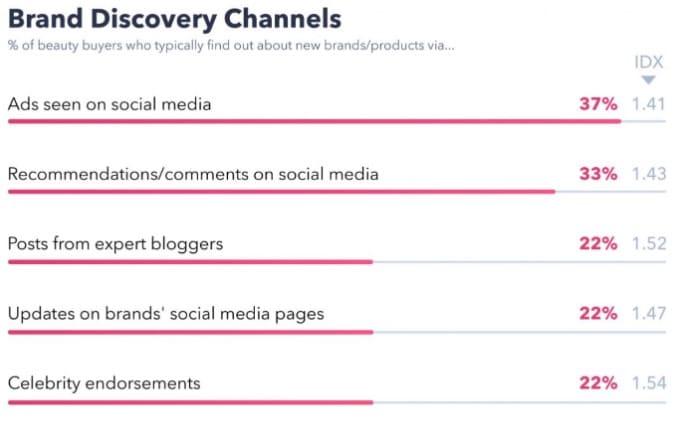
In the interplay between the beauty industry and its consumers, it’s observed that shoppers frequently discover brands and products through Google reviews, social media comments, and endorsements from influencers or celebrities. Approximately 45% of beauty consumers emphasize the importance of reviewing consumer feedback and conducting online research before buying a product.
Moreover, half of the consumers in the beauty sector admit they are more inclined to purchase a product if it has garnered positive online reviews and customer comments. The effectiveness of influencers and celebrity endorsements as marketing tools has been consistently proven, leading to their widespread adoption in the beauty industry. This trend is particularly noticeable in Australia, where an impressive 86% of beauty brands have engaged with influencers or celebrities as a significant part of their marketing strategies.
Conclusion: Navigating the New Landscape
The impact of social media on the beauty industry is profound, providing opportunities to engage with millions globally, influence trends, and create new ones. However, it requires strategic planning and adaptability to ensure success in this evolving digital landscape. The beauty industry must balance innovative marketing with social responsibility to thrive in the age of social media.
Further Reading: 10 Visual Marketing Ideas to Implement This Year
Need an expert to help you with your next social media marketing campaign? Connect with our team to leverage cutting-edge strategies that amplify your brand in the ever-evolving beauty industry.


